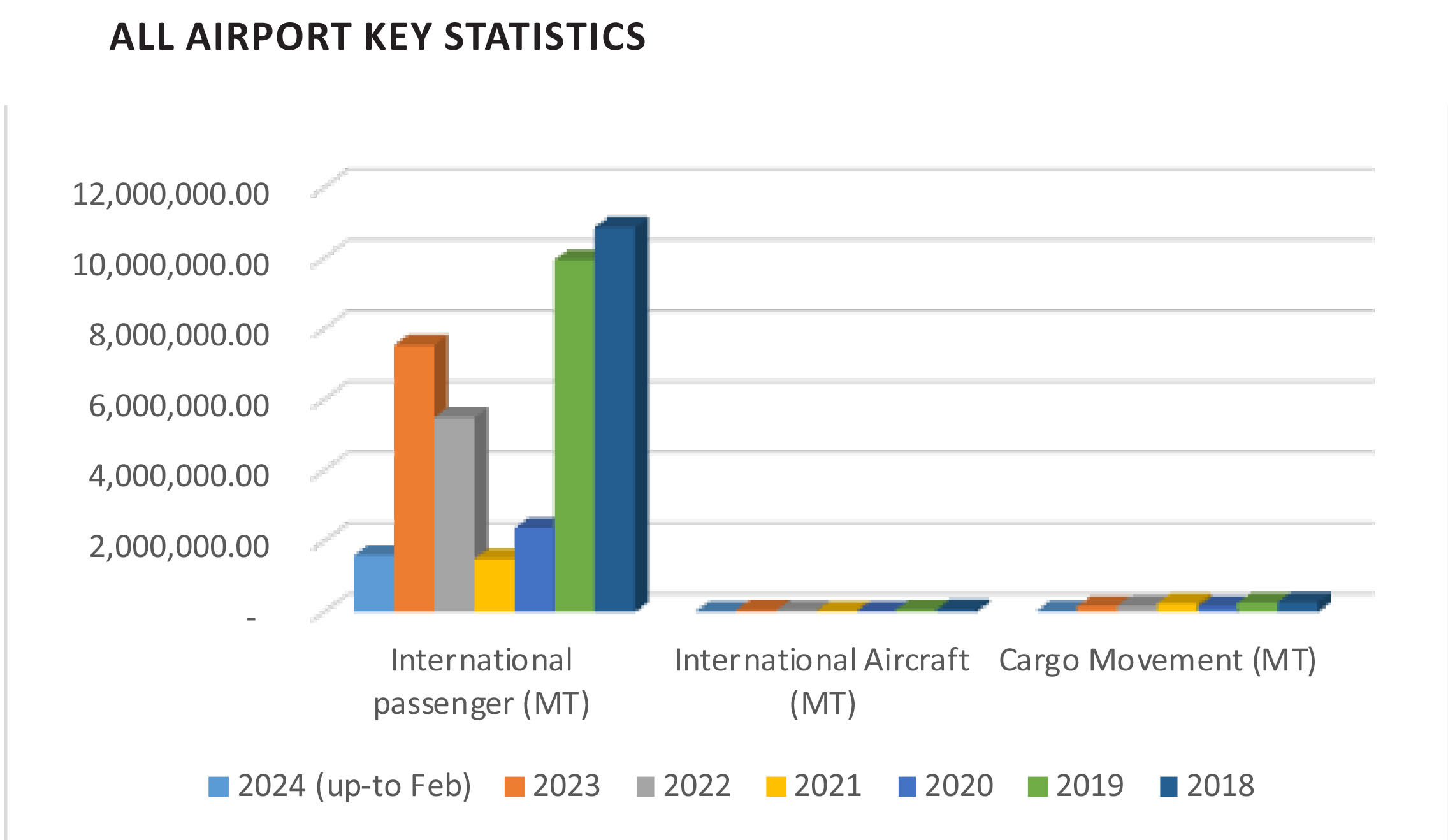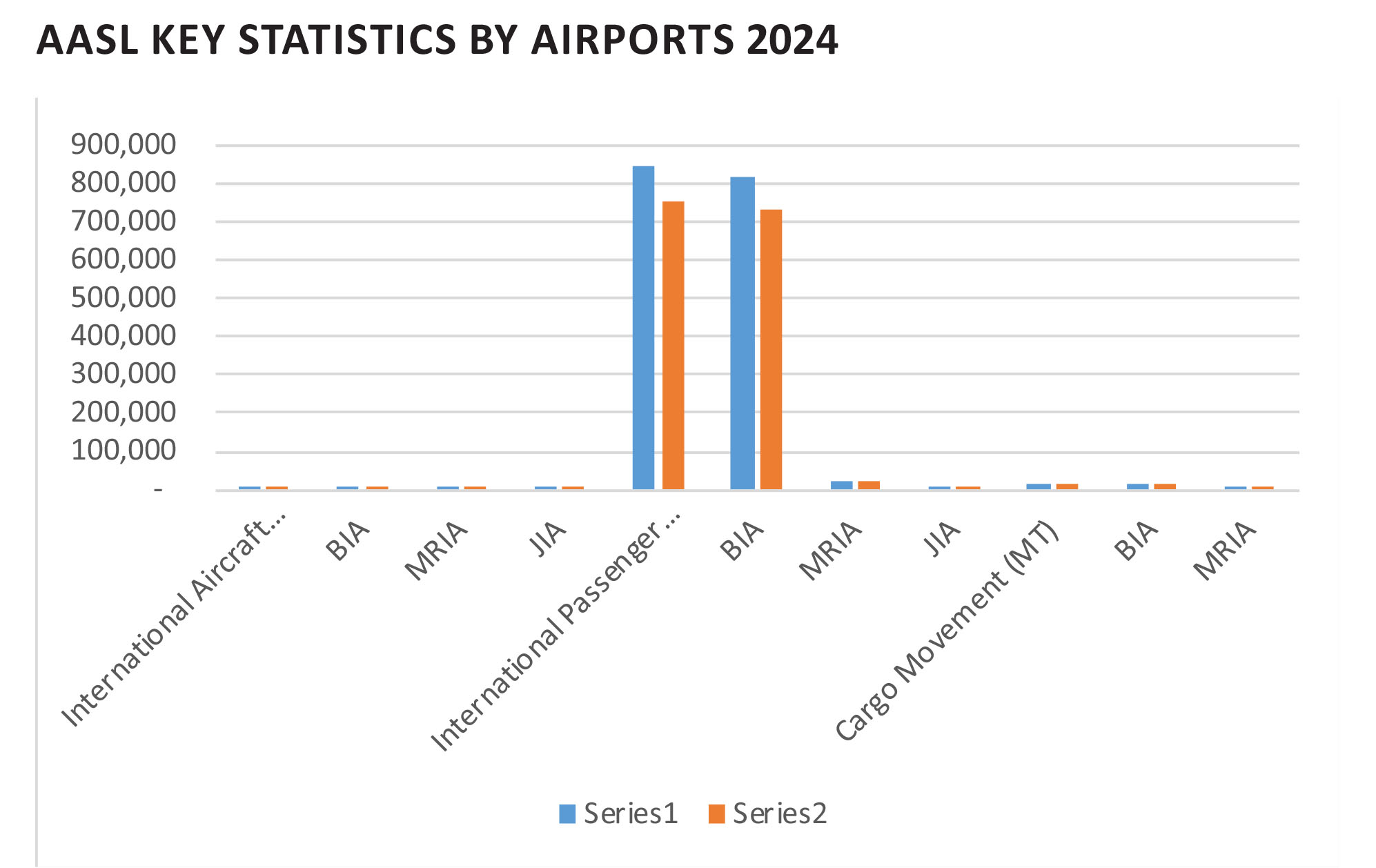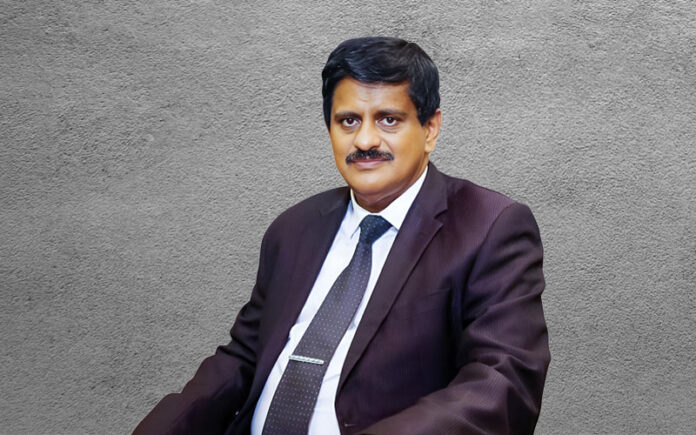Airports play a vital role as hubs handling millions of travelers and tons of cargo annually, making air travel a cornerstone of the aviation industry.
In an exclusive interview, Global CEO Magazine sat down with Engineer Athula Galketiya, Chairman of Airport and Aviation Services Sri Lanka Private Limited, to delve into his journey and vision for Sri Lanka’s aviation sector.

Q: What inspired you to pursue a leadership role in the aviation industry, particularly with Airport and Aviation Services Sri Lanka Private Limited?
My passion for leadership has been ingrained in me since a young age. As a professional engineer, I honed my leadership skills during my tenure as Chairman of the Central Engineering Consultancy Bureau, Sri Lanka’s largest consultancy organisation.
Subsequently, as Vice Chairman of Airport and Aviation Private Limited, I developed a keen interest in the aviation field and recognised the potential to enhance passenger services.
This motivated me to assume the role of Chairman on December 11th, 2023, with a primary focus on improving passenger comfort.
Q: Can you share your vision for the future of Airport and Aviation Services Sri Lanka Private Limited and what sort of strategies do you intend to implement to achieve this vision?
Now, we have about five airports under our establishment, namely Bandaranaike International Airport, Mattalla International Airport, Ratmalana International Airport, Jaffna International Airport, and Batticaloa International Airport.Mainly, we are focusing on international flights from Bandaranaike International Airport, Mattala International Airport, and Jaffna International Airport.
Bandaranaike International Airport is the first among the five airports we operate.Currently, we are operating with about 34 flight operators, airlines, and we are nearing about 10 million passengers during 2024, which is a significant increase compared to previous years.
In 2018, we had a very good year with 10.8 million passengers. However, we faced challenges from 2019 to 2021. Fortunately, 2023 saw a significant boost in our aviation industry in Sri Lanka.
In 2023, we catered to about 8 million passengers, with many tourists coming into Sri Lanka. During the first three months of 2024, January, February, and March, we witnessed a significant increase in movements through our airports.By December 2024, we anticipate encountering more than 10 million passengers.
However, we face several restrictions. As mentioned earlier, economic problems and restrictions in employment and human resources are challenges. Many professionals from various sectors, including air navigation, civil engineering, electronic engineering, IT, and others. are leaving the country due to economic constraints, high living costs, and low salaries.
This brain drain is a common issue in the Sri Lankan environment. To run an aviation industry effectively, we require experienced and trained personnel. It takes time to train people and integrate experienced manpower into our system. Another challenge is infrastructure. Terminal number one, constructed in the 1980s, is quite old and designed for 6 million passengers.

We lack adequate infrastructure and are working towards solutions. We have various programmes underway, including the commencement of Terminal 2 construction with the aid of JICA funds.
However, due to the financial crisis, JICA has backed out funding until the pre-restructuring is completed. We hope to recommence Terminal 2 construction by November this year and complete it by the end of 2025 or 2026. Terminal 2 will cater to about 8 million passengers and feature modern facilities such as in-line baggage systems, new security systems, and other amenities.
Additionally, we are enhancing existing facilities, especially the departure area, to accommodate more passengers. We have floated tenders and are in the awarding stage to enhance the facility for an additional 2 million passengers for the departure terminal.
Furthermore, we have completed a cargo building at a cost of about 6 billion Sri Lankan rupees from AASL funds, which will boost cargo facilities for our airline carriers in import and export cargo, a vital section for both cargo and passenger movements.
Q: How do you plan to enhance passenger experience and ensure the highest standards of safety and security at Sri Lanka’s airports under your leadership?
Yes, that is a very interesting question, actually. My main aim is, as I said at the beginning, it’s passenger comfort. The main theme, passenger comfort, is what we are working on. We are striving to improve our quality within the terminal to provide the best comfort to passengers. So, we are enhancing the facilities within the terminal with extra amenities, infrastructure development, as well as improving the quality of our employment standards. Before I came here, we had appointed about 10 more terminal superintendents who oversee the terminal, washrooms, and the terminal area to provide more comfort to passengers. So, we are training our staff day by day to improve passenger comfort.
We are also working with stakeholders, including the Air Force, Police, Foreign Employment Bureau, Customs, Immigration, and all the airlines and duty-free operators.
We are coordinating with them very well, holding frequent meetings, and endeavouring to solve their problems to enhance passenger comfort. Additionally, as I mentioned earlier, we are improving the infrastructure facility like Terminal 2 and making enhancements to Terminal 1. In Jaffna airport, we intend to build a runway for A330 aircraft, which currently ddd can accommodate only narrow bodied aircraft . which currently only narrowbodies can fly from JIA. We are aiming to accommodate wider-body flights to enhance passenger movements from India to Sri Lanka and from Jaffna to India more efficiently.
Rather than all passengers having to come to BIA and then travel by road to Jaffna, we are enhancing our facilities with a significant program at JIA.

Furthermore, we are adding additional boarding gates and buildings. As an intermediate measure, we are now in the process of floating bids and completing the infrastructure within our terminal at JIA. We are proceeding with our normal procurement procedures, and it will be completed by maybe June, July, or August.
There is a lot of interest from flight operators to start operations from JIA. Unlike India and other countries, we don’t have the facility or even if we increase the facility for domestic operations, because our country is very small, it is unfeasible.
It may be feasible for certain routes, but not for other parts of the country, as passengers can travel quickly by land. So, we have some restrictions for the domestic market. However, for the international market, we have many possibilities to improve the aviation industry in Sri Lanka. Collaboration with international partners is crucial in the aviation industry.
Q: How do you plan to strengthen relationships with global aviation stakeholders to drive growth and innovation at Airport and Aviation Services Sri Lanka Private Limited?
That’s a very interesting question. As you know, we are currently working with the Civil Aviation Authority, which serves as the regulatory body. We are following all the procedures and regulations set forth by them, as well as adhering to ICAO regulations, as all airports are registered under them.
In addition, we are actively seeking to sign Memorandums of Understanding (MOUs) with other airport operators worldwide. We have already initiated discussions with the Maldivian Airport Authority and are in the process of finalising an MOU with them. Similarly, we have reached out to the airport authority of South Sudan and the main contractors of their new airport to explore collaboration opportunities. Given our pool of in-house professionals proficient in air navigation, security, and various other aspects, we are eager to engage in partnerships with airports such as Changi Airport in Singapore, London and Dubai airports.
These collaborations will enable us to exchange knowledge and best practices, thereby enhancing our global aviation industry expertise. Furthermore, we are closely collaborating with Indian aviation authorities to deepen our understanding of the Indian aviation landscape. We are currently reviewing a draft MOU with India, which, once finalised, will provide us with access to valuable training facilities and infrastructure support from the Indian aviation ministry.Our ultimate goal is to globalise the Sri Lankan aviation industry by leveraging partnerships with other airline operators worldwide.
Q: Airports often serve as key indicators of a country’s economic health and development. How do you plan to leverage the performance and growth of Sri Lanka’s airports to contribute positively to the overall national economy?
Yes, as I mentioned earlier, tourism is set to become our main industry, mirroring the success of countries like the Maldives, whose economy has thrived on the tourism sector. Therefore, we are prioritising the enhancement of our tourism industry.
We are collaborating closely with the Tourist Board, tourism ministry, and other stakeholders to implement strategies aimed at boosting tourism. The government has unveiled ambitious plans to stimulate the tourism industry, recognising the pivotal role of airports as the gateway to our nation. Consequently, we are upgrading our facilities to cater to the needs of tourists and are actively supporting initiatives to improve the overall tourism experience in Sri Lanka.
Additionally, facilitating the travel of Sri Lankan passengers to international destinations for purposes such as business and employment will further bolster our economy. Indeed, airports serve as crucial conduits for both inbound and outbound passenger traffic, and we are committed to ensuring that our airports have the capacity to efficiently handle this traffic flow. By focusing on cutting-edge technology and prioritising passenger safety, security, and comfort, we aim to elevate the standards of airport and aviation services in Sri Lanka.
We are collaborating closely with the Tourist Board, tourism ministry, and other stakeholders to implement strategies aimed at boosting tourism.
Key takeaways:
*The aviation industry has rebounded strongly after COVID-19, with passenger numbers reaching 7.5 million in 2023 and 1.6 million in early 2024. Expectations for the year exceed 9 million, surpassing pre-pandemic levels, showcasing resilience and growth potential.
*The aviation sector has seen a notable resurgence in flight movements, with 37,363 in 2022 and 46,639 in 2023. The trend continued into 2024, with 31,752 movements in the first two months. Projections for the year exceed 50,000, indicating a robust recovery and surpassing pre-pandemic levels, showcasing industry resilience and adaptability for sustained expansion post-pandemic.
*The initial two months of 2024 witnessed substantial growth in Sri Lanka’s airports. International passenger movements surged by 40.39%, aircraft movements by 30.77%, and cargo handling by 36.43%, signalling robust post-pandemic recovery and setting the stage for continued expansion.
In March 2024, Sri Lanka welcomed a diverse array of airlines. Bandaranaike International Airport (BIA) hosted 32 airlines including Emirates, Qatar Airways, and Turkish Airlines.
Meanwhile, Mattala Rajapaksa International Airport (MRIA) saw arrivals from European Air Charter, Red Wing Airline, SCAT Airlines, and Uzbekistan Airways. Jaffna International Airport (JIA) welcomed Alliance Air, enhancing connectivity and offering travellers a wide range of flight options.
In the first two months of 2024, Sri Lanka saw a significant increase in tourist arrivals by air, with 425,532 visitors, up 103.72% over the same period in 2023.
This reflects a growing trend, as 2023 saw a total of 1,452,310 arrivals compared to 716,427 in 2022. Projections suggest continued growth, with expectations of 2.2 to 2.4 million tourists by the end of 2024, prompting a focus on enhancing airport services to accommodate the influx.


